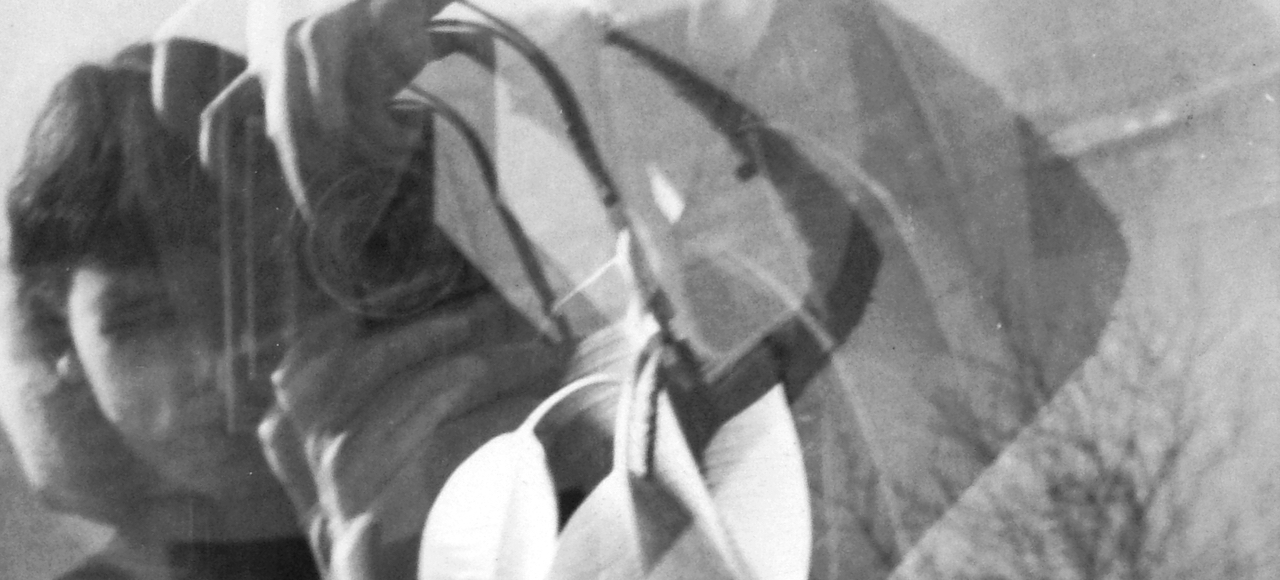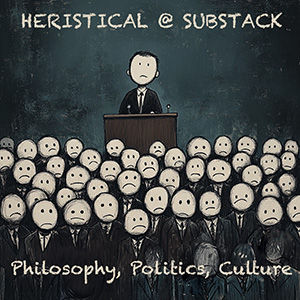
Merriam-Webster’s Word of the Year for 2017 was feminism. According to their website, feminism “was a top lookup throughout the year”, with spikes after events including the #MeToo campaign at year’s end. So I read Kate Manne’s Down Girl with the happy thought that the publication of her gratifying book enjoys extraordinarily good timing. Just as so many sought out the definition of feminism in order to get a clearer sense of the meaning of the term, I dug into Manne’s account of the nature of misogyny and gained a richer sense of what misogyny is, or as she so pragmatically puts it, what it might be.
You may think the answer obvious, if misogyny just is hatred of women. Manne devotes early chapters to up-ending that “naïve conception”. She rejects, as simplistic and overly psychologistic, the definition of misogyny as an emotion, (or) lodged in an individual’s heart, (or) toward the entirety of women, a cluster of criticisms with which I agree. Manne is persuasive that if misogyny is essentially hatred, then we can never be certain anyone harbours it unless they self-report.
And as she demonstrates with vivid examples, even when some do self-report, social commentators routinely go to work on doubting whether expressions of deeply hostile feelings really apply to all women, as if hatred of a set must distribute equally to all its members. The shooter loved his mother! He wanted to date the sorority girls that he threatened! He killed a man, too, so his hatred wasn’t exclusive! In a writing style both informative to scholars and, with each chapter, increasingly clear to any reader, Manne systematically argues against the application of the naïve conception to instances of evidently misogynist violence. “Misogynists can love their mothers,” Manne says, and the sentence is welcome to my eyes. Of course they do. If a definition of misogyny rules out a misogynist’s loving being loved, then we need a better definition.
Manne offers an account of misogyny based on its social function rather than its psychological nature, “as primarily a property of social environments in which women are liable to encounter hostility due to the enforcement and policing of patriarchal norms and expectations.” For those of us trying to articulate the problems with hostile environments and deadly violence that disproportionately affects women, Manne says, we need a term more distinctive than sexism, which identifies a rationale for a structure of unfairness. Sexism purports to give reasons for structural inequity; misogyny is the better term for the sorts of coercive regulations of patriarchy that work to hold the structure in place. If sexism offers planks, misogyny provides the nails.
“Misogyny is then what misogyny does,” Manne argues. Her more victim-centred account of what misogyny means is reminiscent of the good feminist practices of philosophical forerunners like Claudia Card, who described misogyny as “the term feminists apply to the most deeply hostile environments of and attitudes toward women and girls and to the cruelest wrongs to them/us, regardless of whether perpetrators harbor feelings of hatred… evils perpetrated with aggressive (often armed) use of force and violence against women.”
Card’s work on misogyny, unfortunately, does not come up in the text or index, although related works of hers appear in a rich bibliography. With absences like Card’s, I occasionally felt some resistance to Manne’s suggestion that when she began writing, no article-length treatment of the nature of misogyny existed. That misogyny kills is the urgent contribution of many lost feminists, although admittedly not always in so many words. If one picks up Manne’s book expecting an encyclopaedic treatment of what past philosophers have said about misogyny or its related aspects through the years, one may be disappointed. Those absences are offset by welcome appreciation of living feminists including Moya Bailey, who coined the term misogynoir to describe the brand of misogyny directed at black women in America.
Then again, this is not a survey. Manne’s is often a polemic treatment, shifting the conversation to take seriously what punishments and practices misogyny effects. Manne’s most energetic, original contributions are best featured when she advances new, better ways of appreciating the impacts of misogyny on cultural self-understanding, such as when she coins the term himpathy to describe the tendency to express sympathy for men accused of misogyny rather than for women who accuse or did not survive to do so. Himpathy is a bit of jargon so fantastic that I can’t believe it didn’t exist already. Even more helpfully, Manne resists accounts of misogyny as dehumanising in favour of describing misogyny as expecting women to be human givers rather than beings. She ends with an absorbing, if depressing, account of the 2016 U.S. presidential election which she accurately predicted. “Agency is not lacking,” however, when women tell their stories, or “set the record straight.” Manne certainly does her part.
Down Girl: The Logic of Misogyny (Oxford University Press) by Kate Manne
Kathryn J. Norlock is a co-founder and co-editor of Feminist Philosophy Quarterly, a peer-reviewed and open-access journal. She is a professor of philosophy at Trent University and the author of Forgiveness from a Feminist Perspective.

